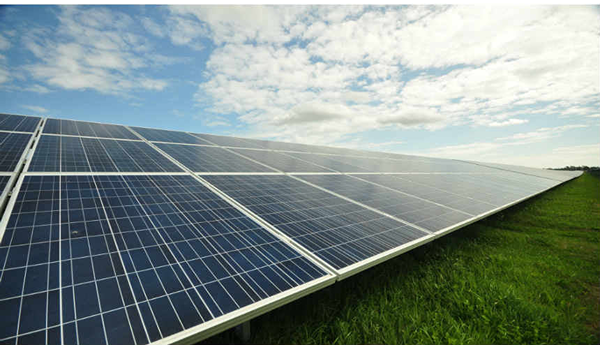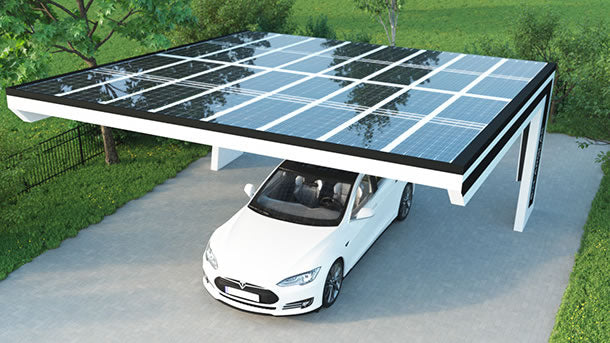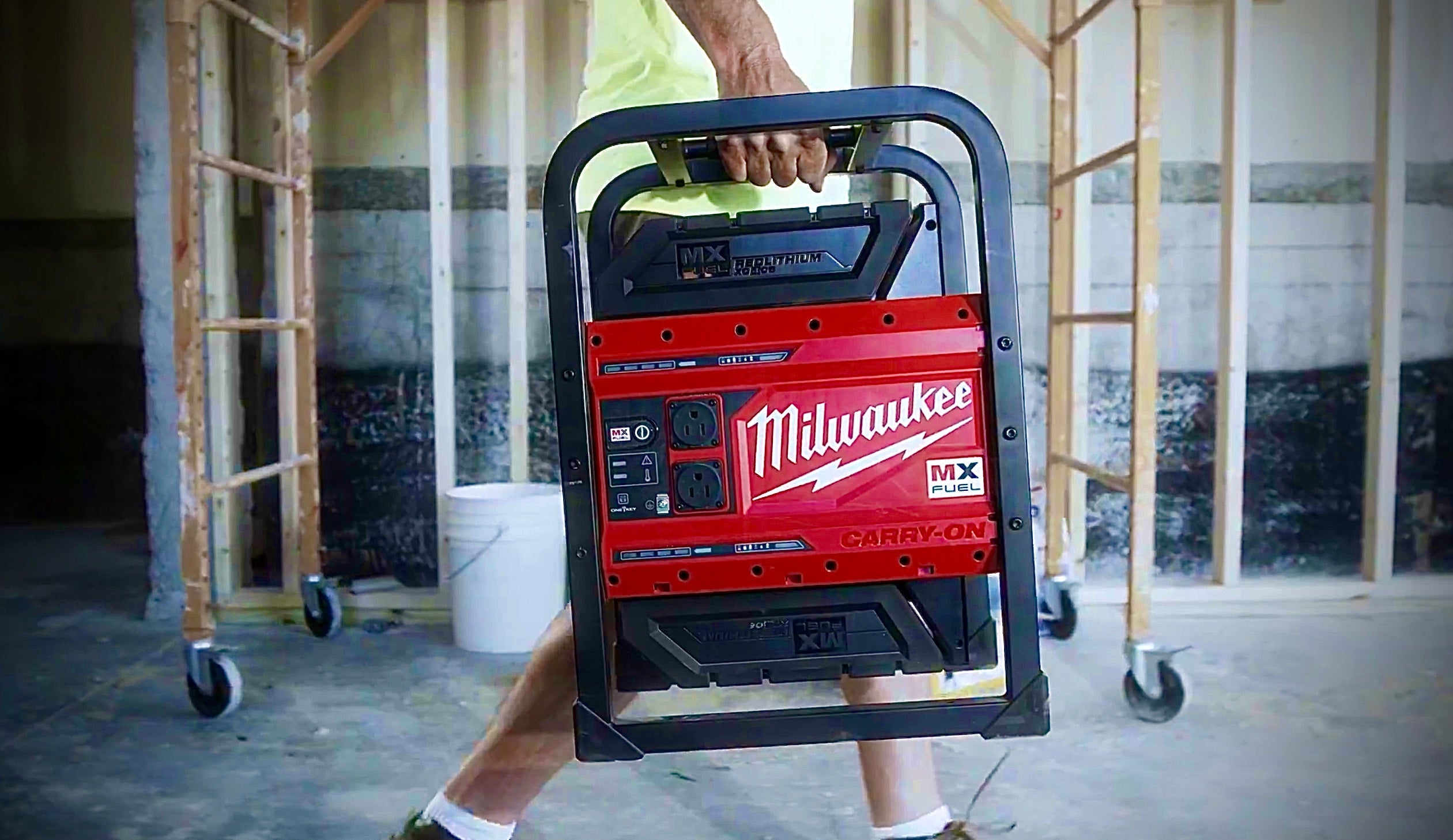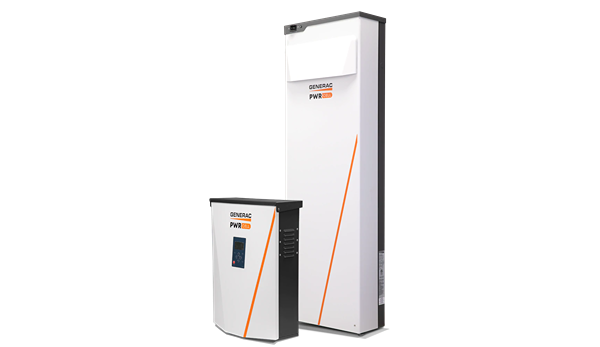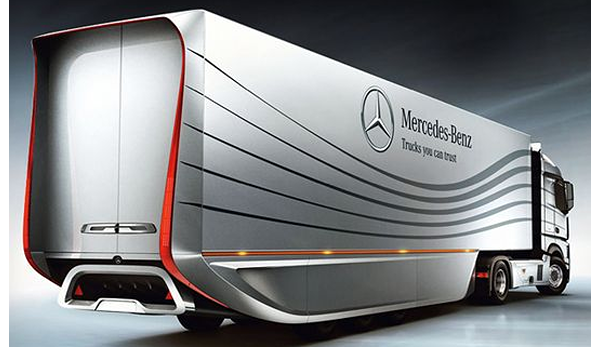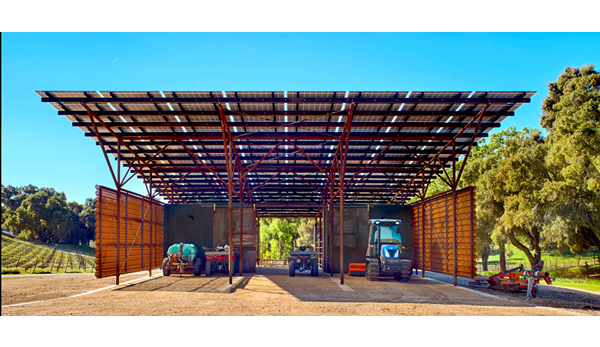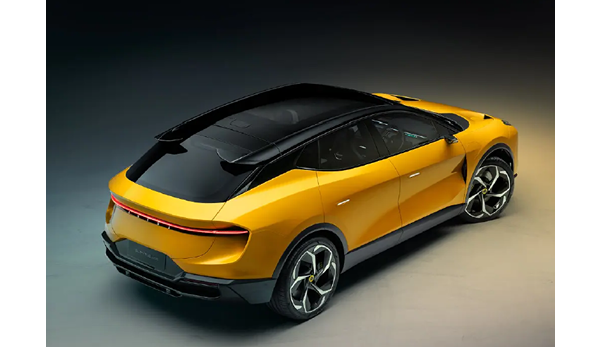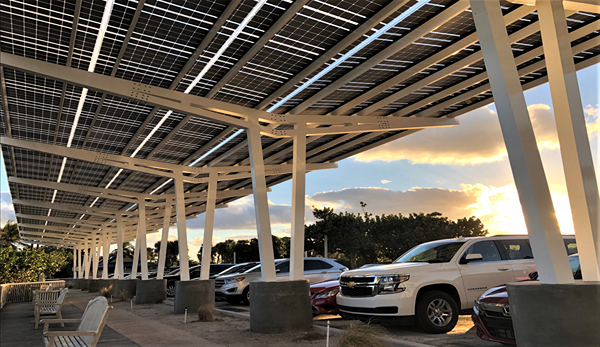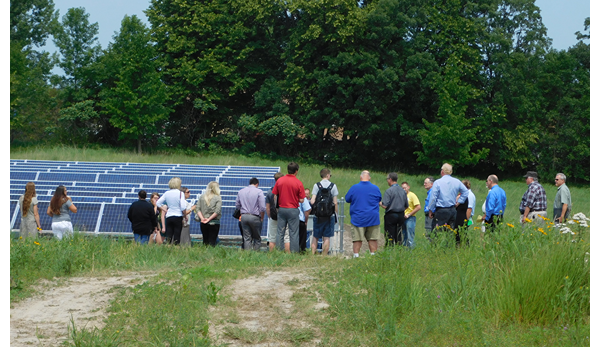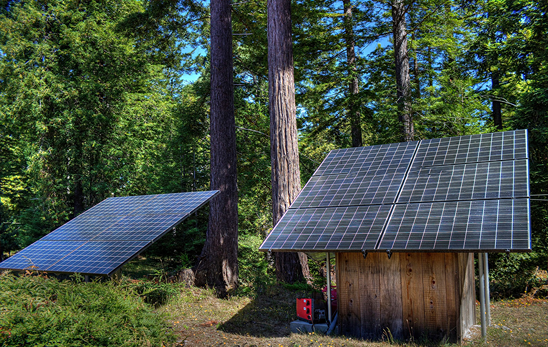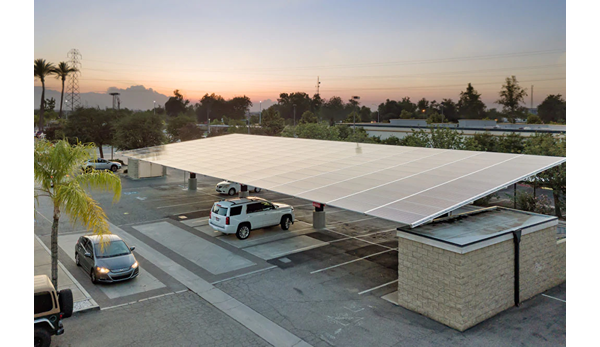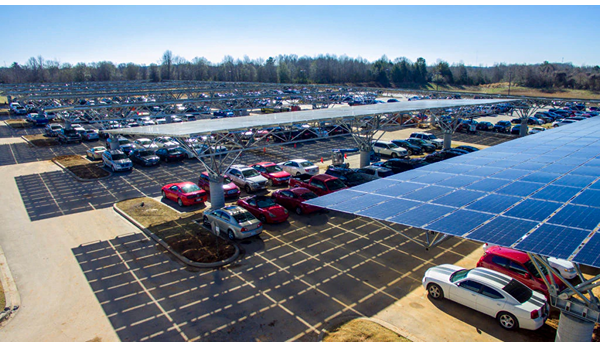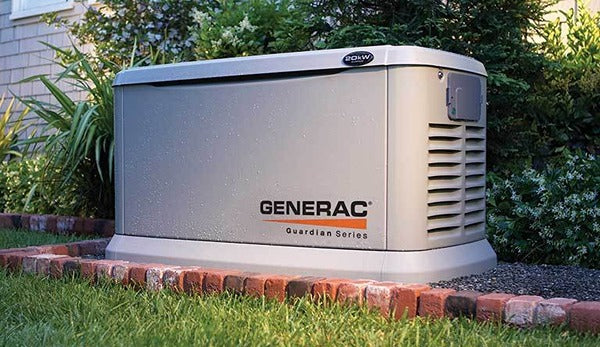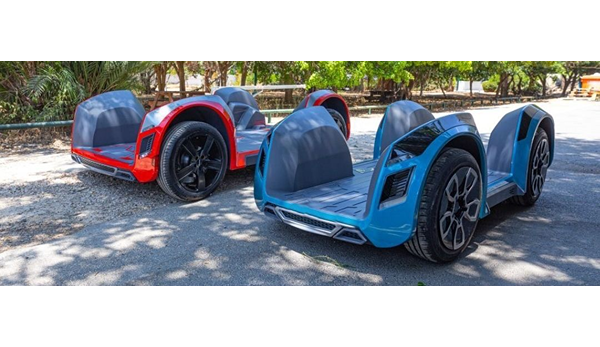
Tesla Power Wall? Maybe Not. Other Energy Storage Solutions
Tesla Power Wall? Maybe Not.
Other Energy Storage Solutions
As the world moves towards renewable energy, the need for effective energy storage solutions is becoming increasingly important. Tesla Power Wall is a popular energy storage solution, but it is not the only option available. This article explores the Tesla Power Wall and compares it with other alternative energy storage solutions.
What is the Tesla Power Wall?
Tesla Power Wall is a rechargeable lithium-ion battery that stores energy from solar panels or from the grid. It is designed to provide energy during power outages or during higher cost, peak demand periods.
Tesla Power Wall works by storing energy during off-peak hours, when electricity is cheaper, and releasing it during peak hours, when electricity is more expensive. It can also be used as a backup power source during power outages.
Features and Benefits of the Tesla Power Wall
-
Easy to install and use
-
Scalable energy storage capacity as needed
-
Controlled and monitored through a smartphone app
-
Integrates with solar panels for a complete renewable energy solution
-
Reduces electricity bills by storing energy during off-peak hours
Advantages and disadvantages of the Tesla Power Wall
-
High energy density - it can store a lot of energy in a small space
-
Long lifespan reduces the need for frequent replacements
-
Low maintenance requirements
However, there are also some limitations to consider:
-
High initial cost - not affordable for everyone
-
Limited storage capacity - not sufficient for large households or businesses
-
Dependence on the grid for recharging, which may not be feasible in all areas
Cost analysis of Tesla Power Wall
The cost of Tesla Power Wall varies depending on the size and configuration of the system. As of 2022, the average cost of a 13.5 kWh Tesla Power Wall was around $10,500, including installation.
Cost comparison with alternatives
Compared to traditional energy storage solutions, such as lead-acid batteries, Tesla Power Wall is substantially more expensive. However, it is also more efficient and has a longer lifespan.
When compared to other lithium-ion batteries, the Tesla Power Wall, although premium priced, is relatively competitive in terms of cost.
Other Alternative Energy Storage Solutions
Lithium-ion batteries are rechargeable batteries that use lithium-ion technology to store energy. They are commonly used in portable electronics and electric vehicles.
-
Lithium-ion batteries have high energy density, which means they can store a lot of energy in a small space.
-
They have fast re-charging times.
-
They enjoy a long lifespan, which reduces the need for frequent replacements (as with lead-acid batteries).
-
They have very low maintenance requirements.
However, there are also some limitations to consider.
-
Limited cycle life, which means they degrade over time and need to be replaced - typically around 5-10 years depending on usage and environmental factors. .
-
Thermal runaway, which can cause fires or explosions if not managed properly.
-
They have a high cost compared to other traditional energy storage solutions.
The cost of lithium-ion batteries varies depending on the size and configuration of the system. As of 2022, the average cost of a 10 kWh lithium-ion battery was around $8,000, including installation.
Another drawback of lithium-ion batteries is their lifespan, typically around 5-10 years depending on usage and environmental factors. While they can be recycled, the process can be costly and energy-intensive.
Comparisons with the Tesla Power Wall
Compared to Tesla Power Wall, other manufacturers of lithium-ion batteries have highly similar features and benefits and often have much lower upfront costs.
Lead-acid batteries
Lead-acid batteries are traditional rechargeable batteries that use lead and sulfuric acid to store energy. They have been used for over a century in various applications, including automobiles and backup power systems.They are cheaper than lithium-ion batteries and have a longer lifespan of around 10-15 years. However, they are heavier, bulkier, and have a lower energy density, which means they are less efficient and require more space.
-
Relatively low cost compared to other energy storage solutions
-
Easy to recycle and dispose of
-
Can handle high currents and provide large amounts of power
However, there are some limitations to consider, such as:
-
Low energy density, which means they can't store as much energy as other solutions
-
Limited cycle life, - they degrade over time and need to be replaced more frequently
-
Require regular maintenance, including adding distilled water and checking acid levels
Vanadium Flow Batteries
Another energy storage solution is vanadium flow batteries. These batteries use vanadium ions in an electrolyte solution to store and release energy. They have several advantages over other types of batteries, including a longer lifespan of up to 25 years, higher efficiency, and the ability to scale up or down easily. They also have a low environmental impact and are fully recyclable.
However, there are also some drawbacks to vanadium flow batteries. They are currently more expensive than other battery technologies and have a lower energy density, meaning they require more space. They also require a larger initial investment due to the need for specialized equipment and installation.
When considering energy storage solutions, it is important to consider factors beyond just cost. Efficiency, lifespan, environmental impact, and scalability are all important considerations. Tesla Power Wall may be a popular and well-known option, but there are many other energy storage solutions worth considering as well. By weighing the pros and cons of each option, you can make an informed decision about which solution is best for your specific needs. Vanadium Redoxflow Batteries.
Battery Efficiency
One important factor to consider when comparing energy storage solutions is their efficiency. The efficiency of a battery refers to the amount of energy that can be stored and released without significant loss.
The efficiency of Tesla Power Wall is around 90%, which is relatively high compared to other battery technologies. Vanadium flow batteries have an efficiency of around 80%. Lead-acid batteries have an efficiency of around 60%.
Energy Density
Another important consideration is energy density, which refers to the amount of energy that can be stored in a given volume or weight of battery. Tesla Power Wall has a relatively high energy density, which means it can store a large amount of energy in a relatively small space. Vanadium flow batteries, on the other hand, have a lower energy density and require more space to store the same amount of energy.
Tesla Power Wall has a relatively good safety record, with built-in safety features and a track record of successful installations. However, like all lithium-ion battery technologies, there is a risk of fire and other hazards if the battery is not installed and used properly.
Vanadium flow batteries are also safe and have a very low risk of fire or other hazards. They have built-in mechanisms to prevent overcharging and overheating. Lead-acid batteries have a still higher risk of hazards such as explosion or leakage if they are not maintained properly.
Finally, it is important to consider the environmental impact of different energy storage solutions. Tesla Power Wall and other lithium-ion batteries can have a significant environmental impact due to the mining and processing of raw materials, as well as the energy required for manufacturing and recycling.
Vanadium flow batteries have a lower environmental impact, as they use a relatively small amount of raw materials and are fully recyclable. Lead-acid batteries have a low environmental impact, but the lead and sulfuric acid used in their manufacturing can be harmful if not properly disposed of.
The Tesla Power Wall is a popular brand and a well-known energy storage solution, however there are many other options available that may be better suited to your budget and performance needs. By carefully considering the pros and cons of each option, you can make an informed decision and find the best energy storage solution for your home or business.
Conclusion
In conclusion, while Tesla Power Wall is popular and well-known, it is not the only option available. The Tesla Power Wall has its advantages, but it may not be the best fit for everyone. There are numerous other manufacturers of lithium-ion batteries, lead-acid batteries, and vanadium flow batteries, that offer their own unique set of advantages and disadvantages.
When considering different energy storage options, it is important to think about factors such as cost, efficiency, energy density, safety, and environmental impact. Each technology has its own strengths and weaknesses, and the best option for you will depend on your specific needs and circumstances.
Ultimately, the goal of energy storage is to provide a reliable and sustainable source of power that can help reduce your dependence on fossil fuels and mitigate the impacts of climate change. By choosing the right energy storage solution, you can help create a more sustainable future.
Whether you are a homeowner looking to install a solar panel system or a business owner looking to improve your energy resilience, there are many factors to consider when selecting an energy storage solution. It is important to do your research, consult with experts, and carefully evaluate your options to ensure that you choose the right solution for your needs.
By considering other energy storage options and comparing their features, benefits, and costs, you can make an informed decision that will help you achieve your energy goals while also reducing your impact on the environment.
The Tesla Power Wall is just one of many lithium-ion and other energy storage solutions available today. While the Power Wall has gained a lot of popularity, it is important to consider other options and compare their features, benefits, and costs before making a decision. By doing so, you can find an energy storage solution that meets your needs and helps you achieve a more sustainable future.



